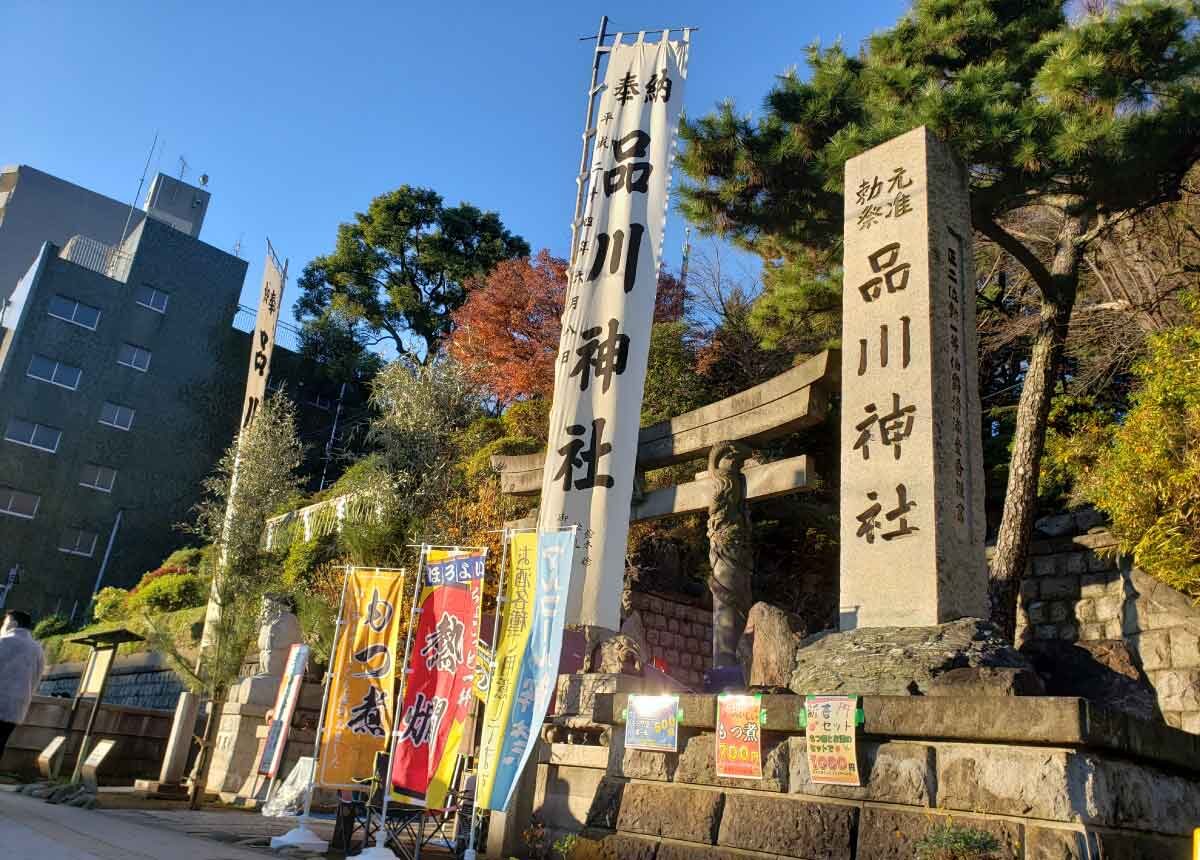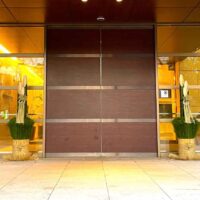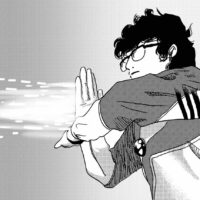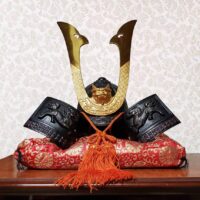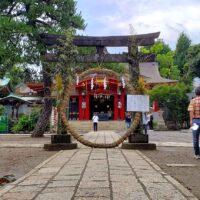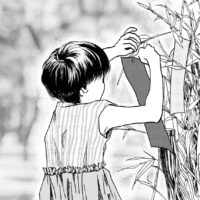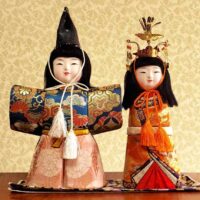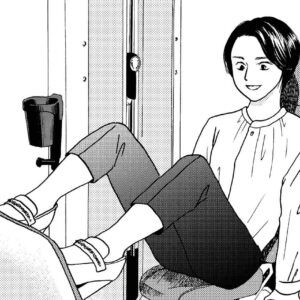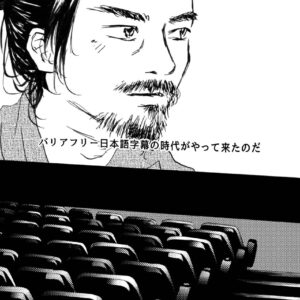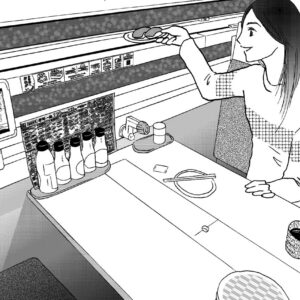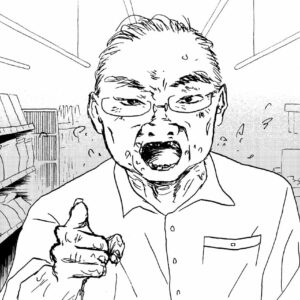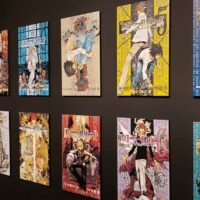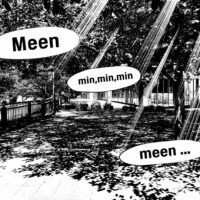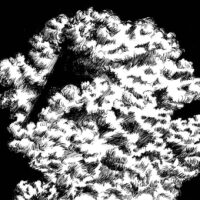Happy New Year! Wishing you all a happy this year!
90 million Japanese visit shrines and temples at the beginning of the year to pray for a good year. That is called Hatsumode. Some people go to the shrine closest to where they live, while others visit famous shrines throughout the country. The most visited shrine in Japan is Meiji Shrine in Harajuku, Tokyo, where about 3 million people visit to pray.
Its origins date back to around 800, when village heads and patriarchs would stay overnight from the night of December 31 to the morning of January 1 at shrines and temples dedicated to local deities. This is divided into 31-day and 1-day prayers as time progresses. In addition, people began to visit shrines located in the direction of blessings for the year on New Year’s Day, since people at that time valued the direction. The direction of blessings changed every year, and it was not yet customary to visit a specific shrine or temple.
In 1872, when the Japanese National Railways opened and the competition to attract visitors began, a campaign was launched to promote Hatsumode (going to the shrine at the beginning of the year) by using the railroads. Thus, Hatsumode culture spread rapidly as an event that even those who were not deeply religious could enjoy participating in, as well as making short trips by train. People traveled toward the direction of blessings at this time, but since the fortunate direction changed every year, it was difficult for companies involved in Hatsumode to continue to generate profits, so they later stopped limiting the direction and settled on the current style of visiting the shrine/temple closest to where they live or that is nationally famous.
Here is my Hatsumode in 2023. The place I visited was Shinagawa Shrine, one of the 10 shrines in Tokyo chosen by Emperor Meiji to pray for the peace of the new capital, Tokyo, which he moved from Kyoto, and for national prosperity.



